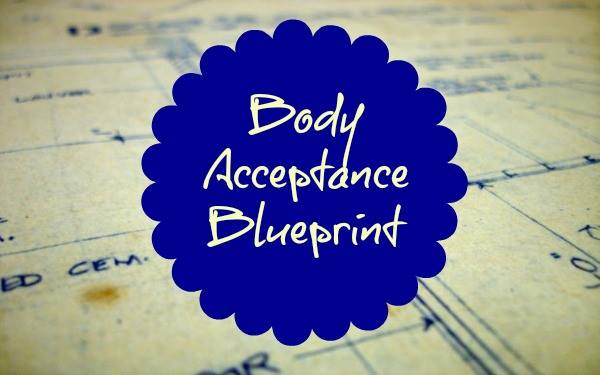I came to yoga because I wanted to change my body in many ways – in most ways, actually. Losing weight and being free from the chronic pain of my migraines were at the top of the list, though.
And, I’m not alone. Physical body concerns bring many people to yoga – probably most, particularly in the West.
Surprise!
What happened over time, though (and by time I mean years) is that both my awareness and my interest dropped down deeper.
I began to be less interested in how flexi (or not) I was in particular poses and started noticing things I hadn’t expected (and probably wouldn’t have said I cared much about before I started yoga): things like deeper, slower breath; increased awareness of my mental chatter; gut feelings I’d ignored before; and so much more.
If I’d known all this was coming, I’m not sure I would have signed up.
Good thing that’s how yoga works on us: this is just the path it takes us on.
Koshas
One of the things we talk about in yoga are the koshas, or the five sheaths/layers of the body. These are often represented as concentric circles or like nesting dolls inside your body. (Don’t worry; this blog post won’t get any more sci fi than that.)
Here’s what they are:
Annamaya kosha: This is our physical body, the outer layer. It’s often the first door in to this journey, and then we continue on from there — not that we stop working with this one, though; that’s part of the beauty of how this all works. It’s a very reciprocal process.
Pranamaya kosha: This is our energy body (prana translates as energy). The easiest way for us to connect with this is usually through our breath, which can be a bridge that helps us connect mind and body (as we’ll see in just a sec!).
Manamaya kosha: This is our mental/emotional body. It’s here that our practice is increased awareness of our thoughts and also shifts in our thought patterns.
Vijnanamaya kosha: This is our subtle body or intuition. As we continue through the koshas, using the ones that came before to clear the way, we can receive these messages more and more clearly.
Anandamaya kosha: This is the bliss body. How great is that?! This isn’t necessarily the happy bliss state we think of, but more a sense of oneness. I like to think of it as wholeness or integration.
Body Acceptance Blueprint
While none of the koshas are destinations or clear demarcations (“Oh, today I finally accessed my anandamaya kosha!”), they do give us another way to understand the process that’s unfolding when we find that yoga has become a tool of body acceptance for us.
The practice has been helping us to move through these layers bit by little bit, with small shifts that sometimes may not feel like much (or anything) over time but that do certainly add up.
In my experience, these increasing levels of awareness, quiet and subtlety have lead me towards body acceptance because the more I know my body, hear its requests and meet its needs, the more I can’t help but be friendlier towards it.
Is it a perfect friendship every day? Of course not.
But what friendship is, right? In the long run, the ones that last are the ones that adapt and come to support each other, quirks and annoyances and all.
Share the blog!
Tweet: Body Acceptance Blueprint http://bit.ly/1eo1DLh from @CurvyYoga

